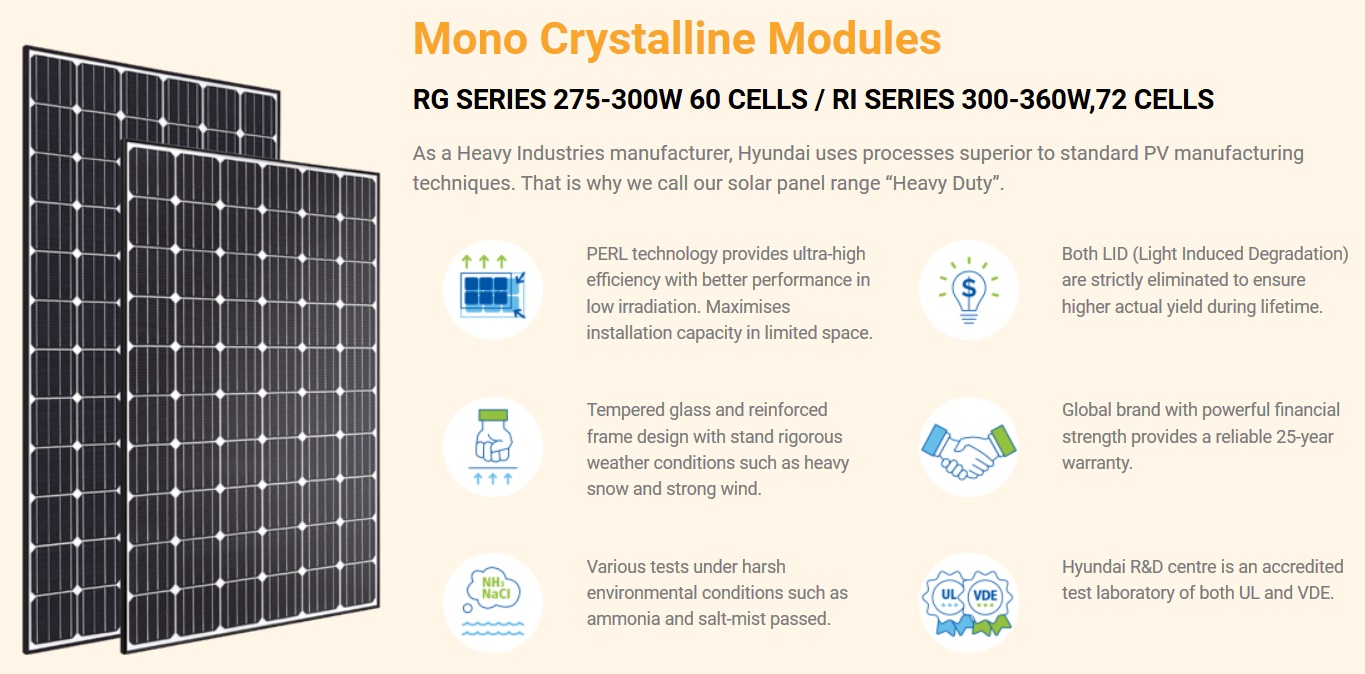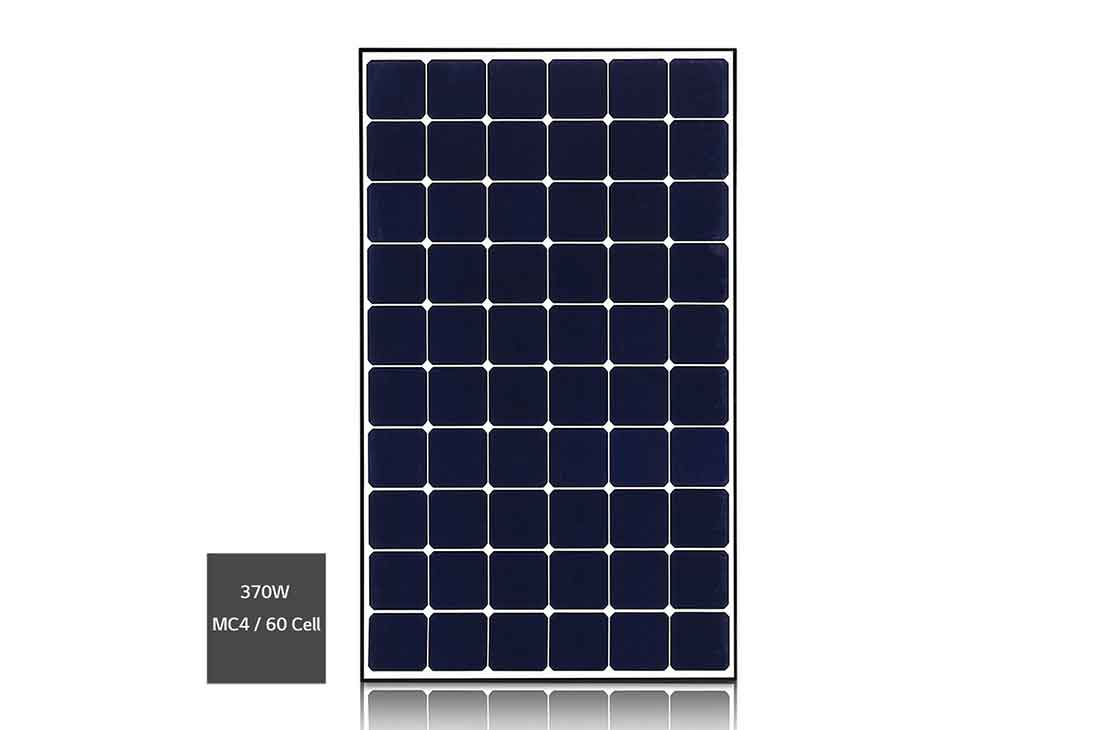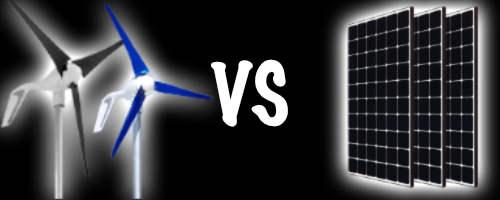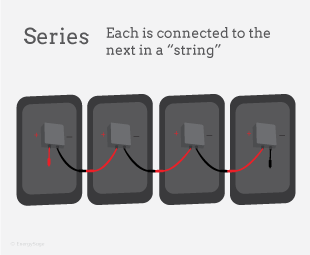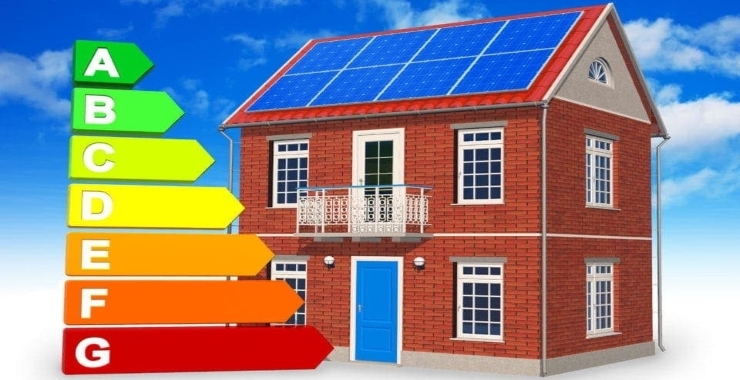During the winters when the sun rises low on the horizon a higher inclination angle from horizontal would allow panel to see more of the sun and thus collect more light heat.
R solar panel yield or efficiency.
Electrical power in kwp of one solar panel divided by the area of one panel.
For example a solar panel with 20 efficiency and an area of 1 m2 will produce 200 kwh yr at standard test conditions but it can produce more when the sun is high in the sky and will pro.
Similarly inclination of the solar panels both pv or hot water also plays an important role in energy collection over the seasons.
In a panel with 20 percent efficiency for instance 20 percent of all the light that hits it will be translated into electricity.
In other words the efficiency value that we can find on the datasheet of a solar panel represents the ability of the module to convert sunlight into electricity according to its size.
A dual axis tracker bumps performance up by another five to 10 percent.
High quality solar panels can exceed 22 efficiency in some cases and almost reach 23 but the majority of photovoltaic panels available are not above 20 efficiency.
Simply put solar panel efficiency is referred to the ratio of peak power compared to the amount of sunlight that arrives at the solar cells of the module.
Solar panel efficiency is another factor that affects how much energy a particular panel will produce.
The efficiency of a panel refers to the ability of the panel to convert sunlight into usable energy.
Most efficient solar panels.
Generally a solar panel system with a single axis solar tracker installed sees a performance gain of 25 to 35 percent.
R solar panel yield or efficiency h annual average solar radiation on tilted panels shadings not included pr performance ratio coefficient for losses range between 0 5 and 0 9 default value 0 75 r is the yield of the solar panel given by the ratio.
The target yield is the theoretical annual energy production on the dc side of the module only taking into account eh energy of the incoming light and the module s nominal efficiency.
The efficiency of the solar cells used in a photovoltaic system in combination with latitude and climate determines the annual energy output of the system.
The biggest benefit of a solar tracking system is that it offers a boost in electricity production.
The average efficiency of solar panels falls between the 17 to 19 percent efficiency range.
The highest efficiency solar panels on the market today can reach almost 23 percent efficiency.
If a solar panel has 20 percent efficiency that means it s capable of converting 20 percent of the sunshine hitting it into electricity.
Solar cell efficiency refers to the portion of energy in the form of sunlight that can be converted via photovoltaics into electricity by the solar cell.




